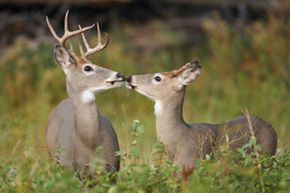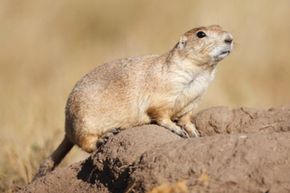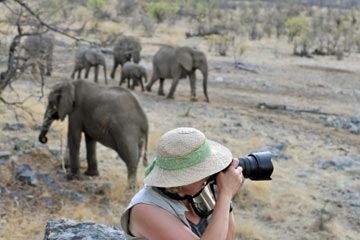Have you ever wanted to be like Dr. Doolittle? The character, who first appeared in children's books in the 1920s, could speak with animals in their own tongue. Many people go their entire lives without even seeing the exotic animals depicted in storybooks like the ones featuring Dr. Doolittle. A lucky few, however, get to commune with nature by going on a wildlife expedition.
A vacation devoted entirely to seeing animals in their natural habitat is a once-in-a-lifetime experience. Whether you're headed for the rainforest or going on an African safari, following kangaroos and koalas or tracking elephants and lions, the experience promises to be awe-inspiring. While spying on a bear or gazing at a giraffe is likely to be unforgettable to your inner Doolittle, that doesn't mean you won't want photographic proof of that magical moment. That's why the first thing people consider after booking their trip is what camera they'll take.
Advertisement
Though many people now carry digital cameras in their pockets, ready for use at a moment's notice, there has long been a belief that such devices are inferior for wildlife photography. Capturing an animal in the wild, after all, can be tricky, and a great shot can disappear in less than a second. That's why most wildlife photographers have been forced to lug camera bags full of film and lenses on their expeditions. But in recent years, digital cameras have become more technologically advanced -- does that mean they're wildlife ready? Dr. Doolittle could tell an animal to stay still for a great shot, but if you can't tell an animal to say "cheese," what camera should you have in your hand?




